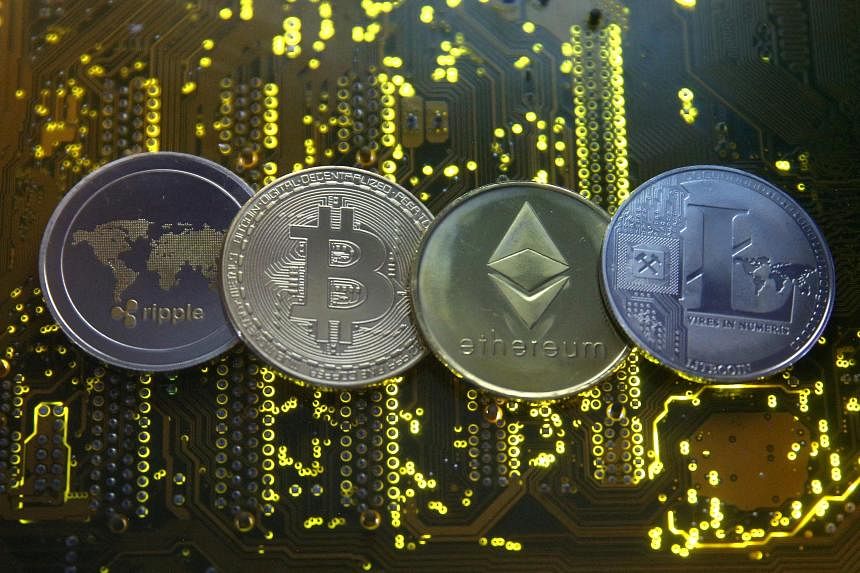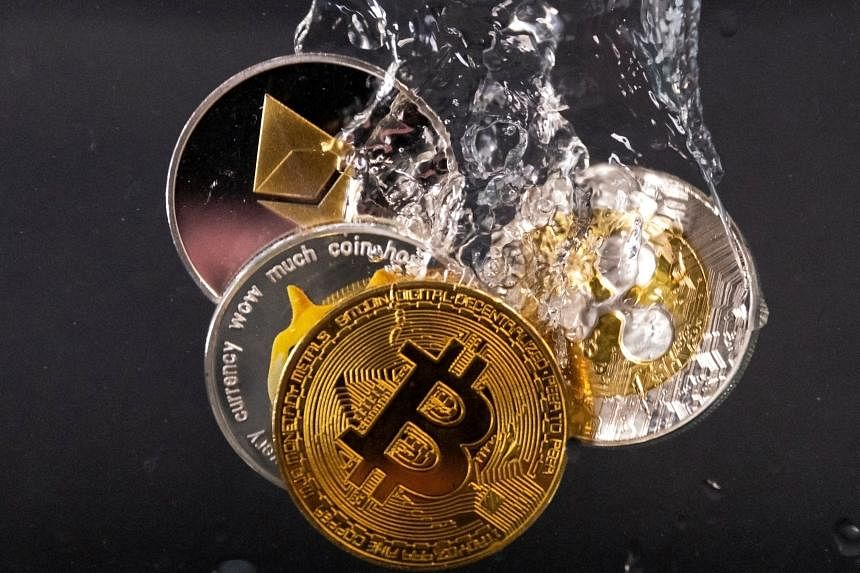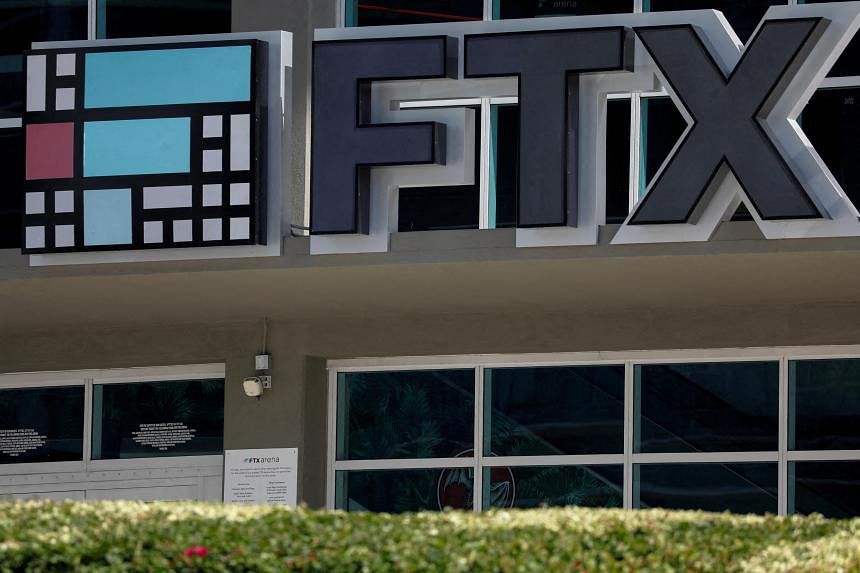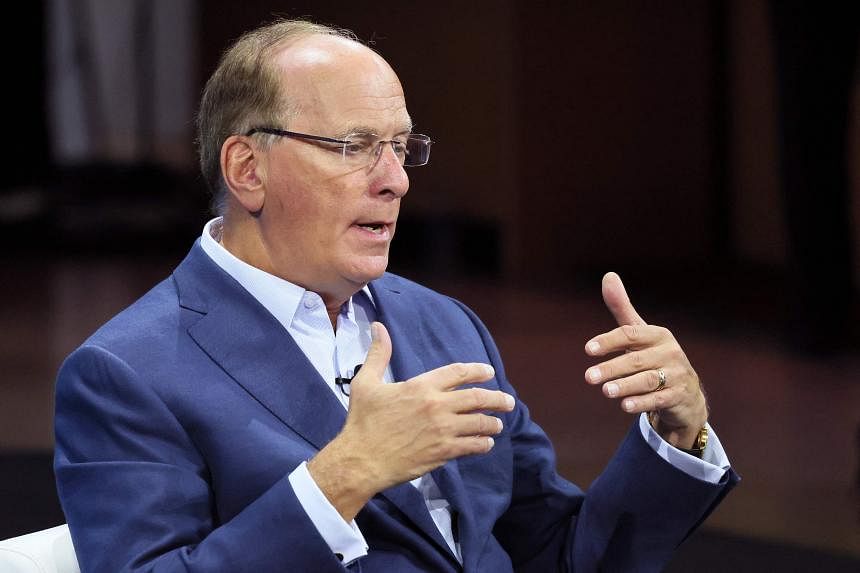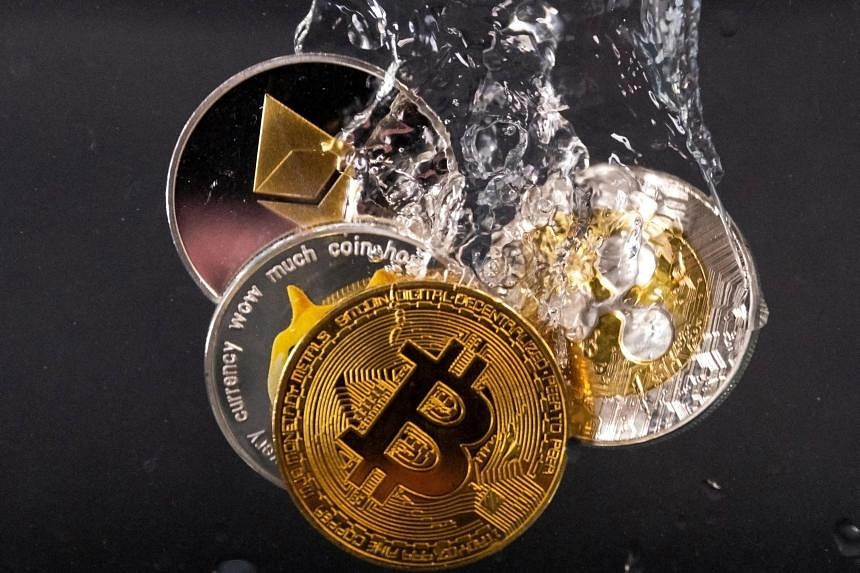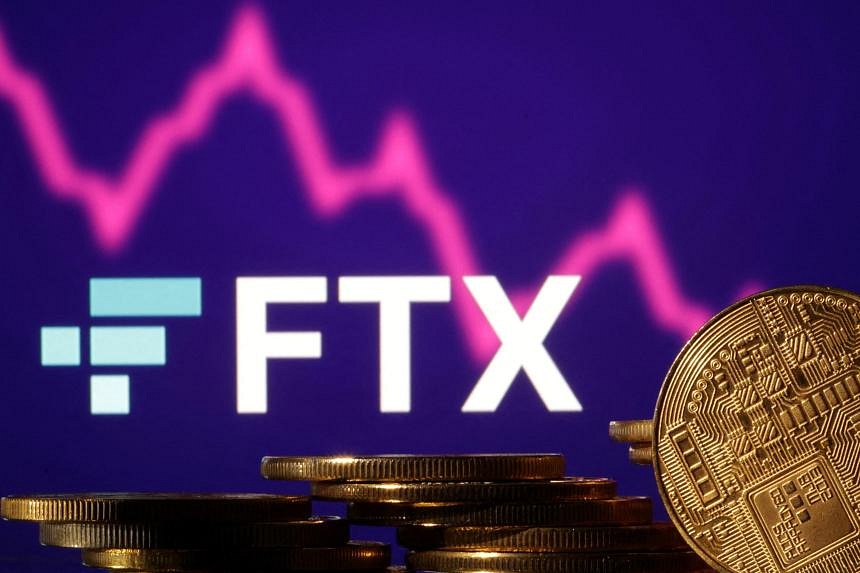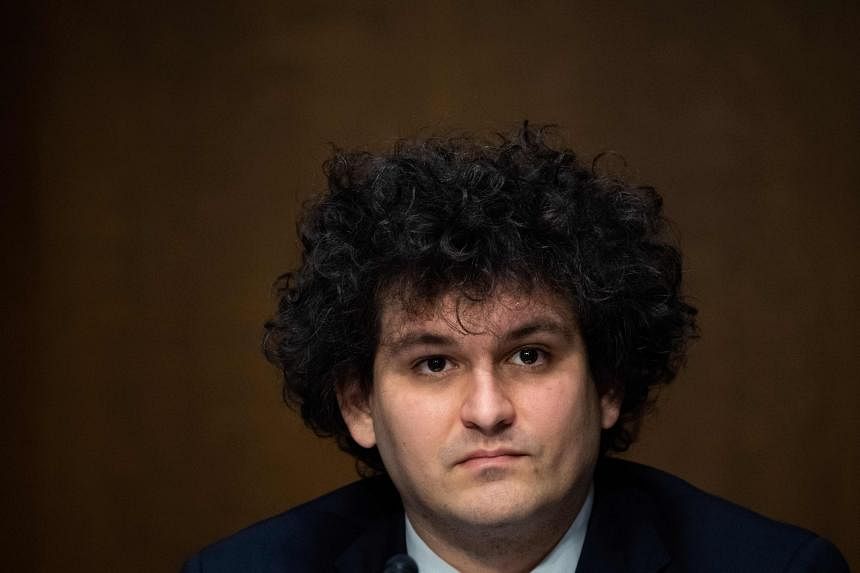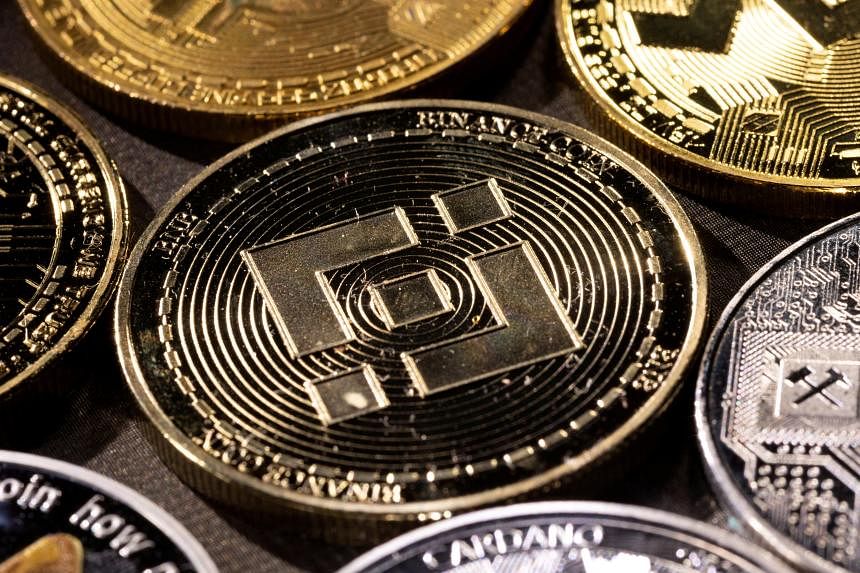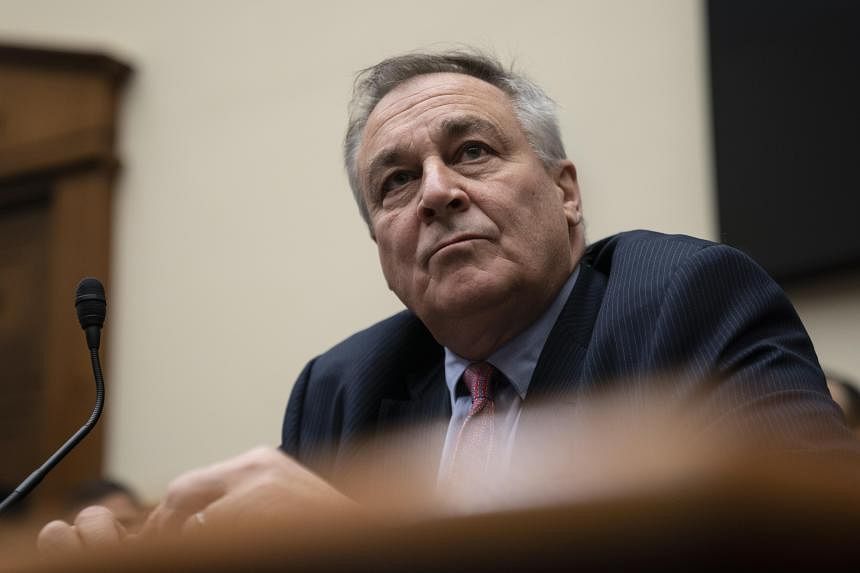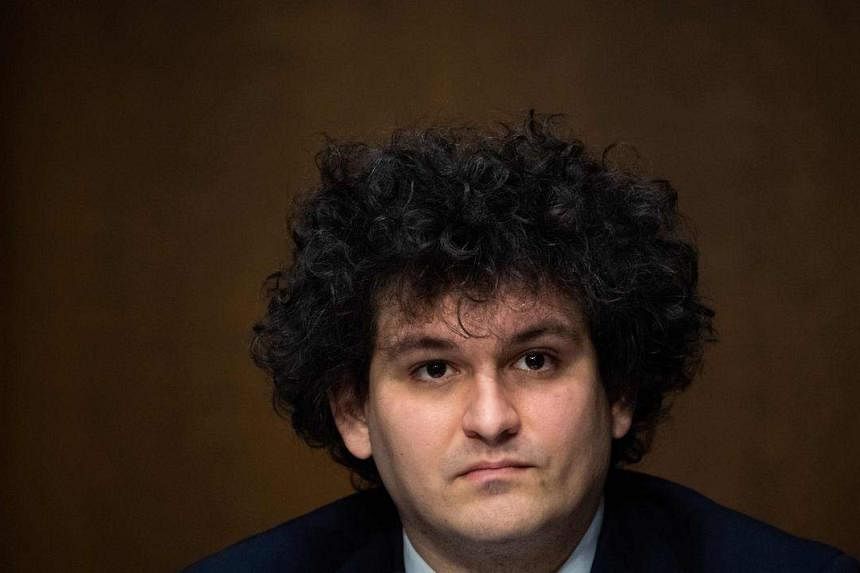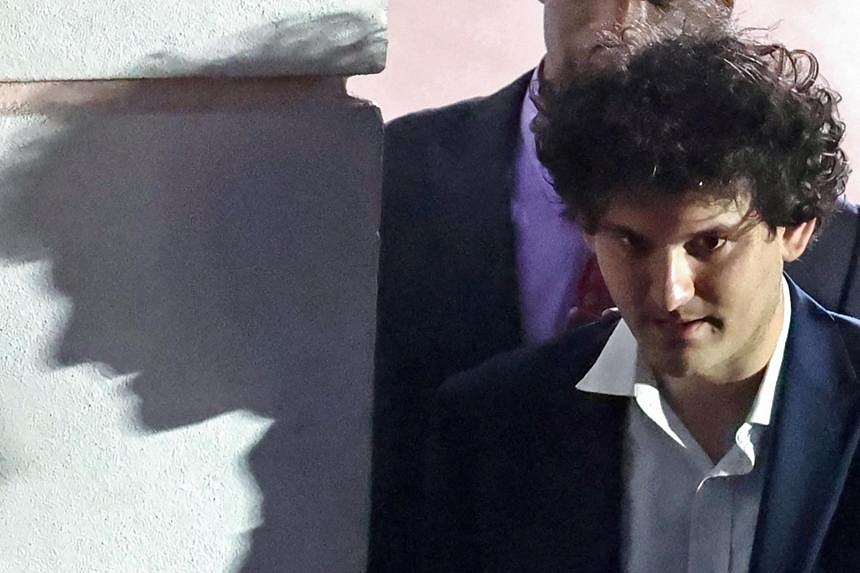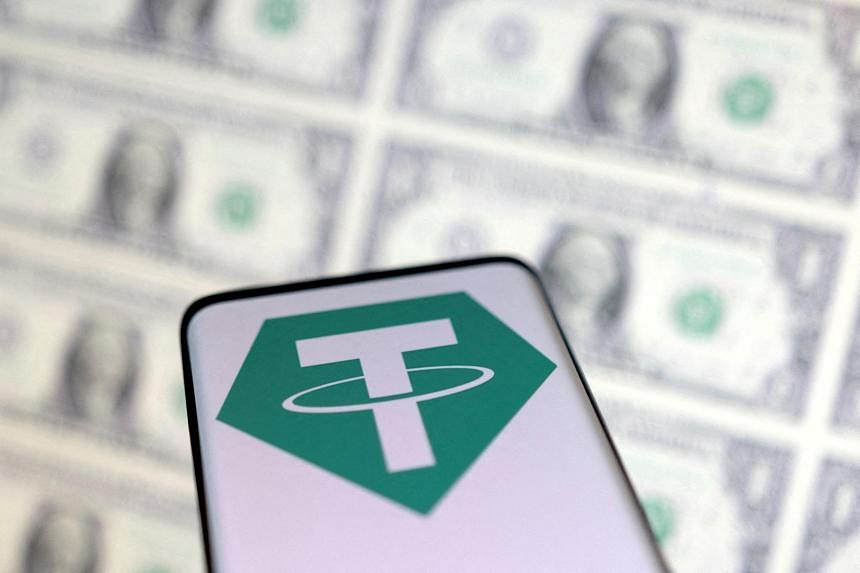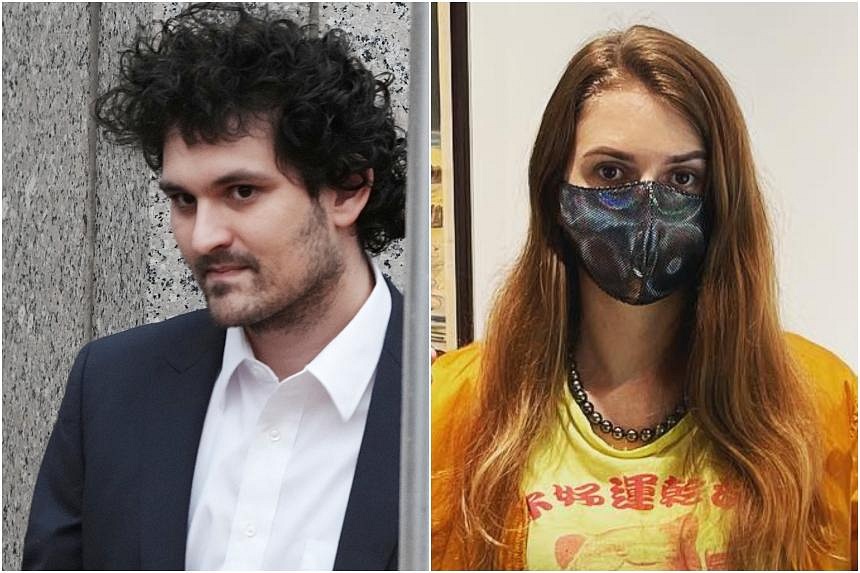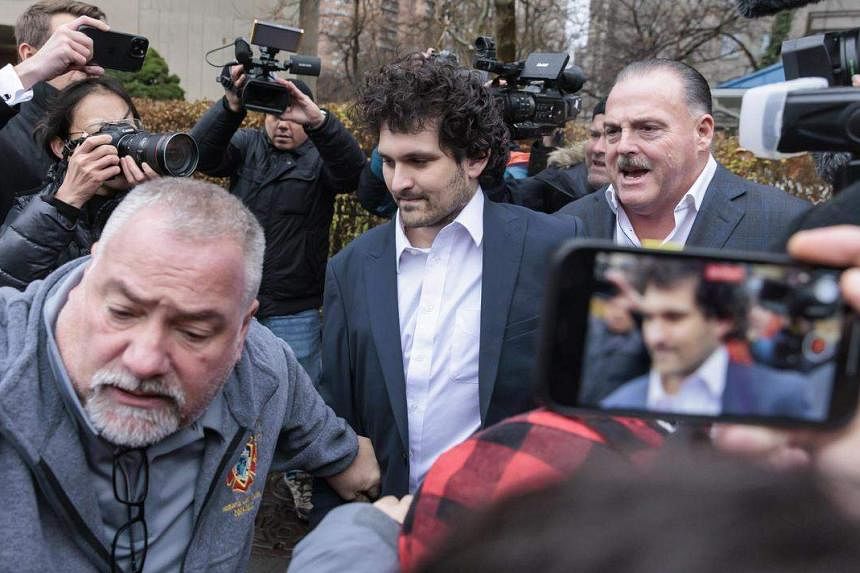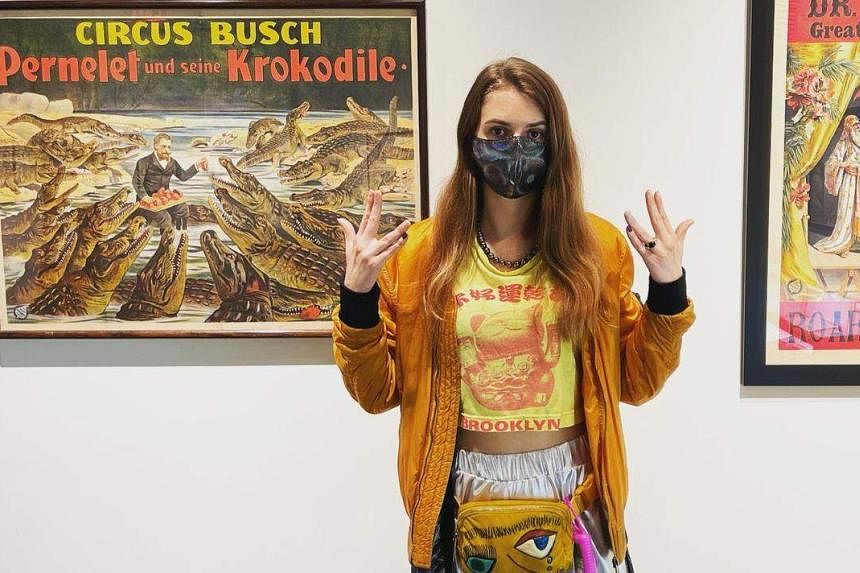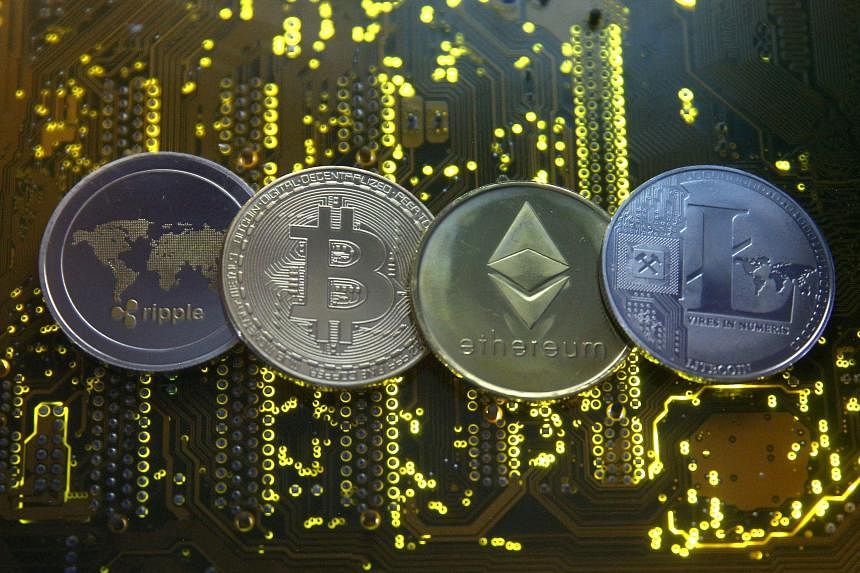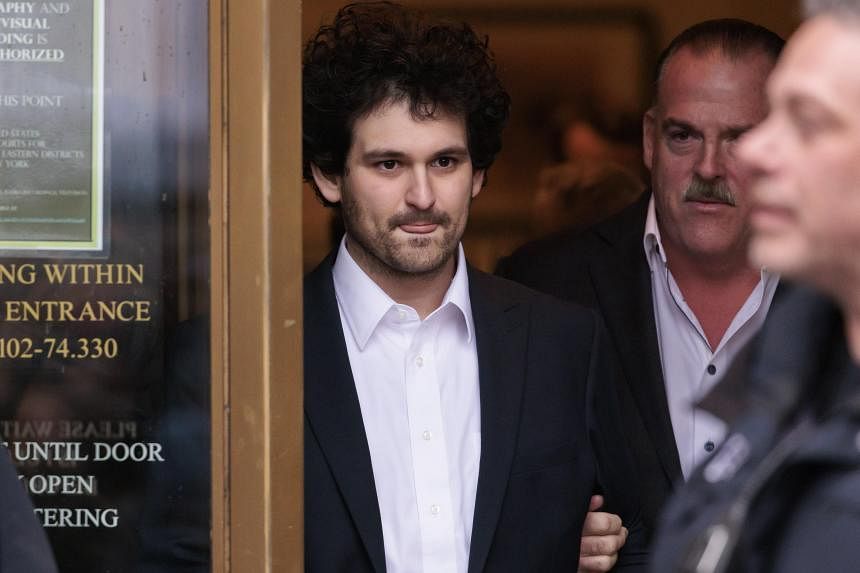Visionaries or charlatans: The many faces of crypto downfalls
Sam Bankman-Fried (left) and Heather Morgan are among a number of crypto champions now seen as charlatans, who pocketed millions before their empires unravelled. PHOTO: REUTERS, RAZZLEKHAN/INSTAGRAM
Osmond Chia
Dec 27, 2022
SINGAPORE – The popularity of Bitcoin and other cryptocurrencies has given rise to a number of personalities whose fall from grace has been nothing short of spectacular.
The Crocodile of Wall Street, Do Kwon, and the self-titled crypto-queen Ruja Ignatova are among a number of crypto champions now seen as charlatans, who pocketed millions before their empires unravelled.
Sam Bankman-Fried, the disgraced founder of the now-collapsed crypto exchange FTX, made headlines in November after
he filed for bankruptcy in the United States and resigned – a downfall that has left investors reeling and sent shock waves throughout the industry.
In the bankruptcy filing, FTX indicated it had more than 100,000 creditors and liabilities of beween US$10 billion (S$13.5 billion) and US$50 billion.
Bankman-Fried
faces a litany of criminal charges in the US, tied to his role in the collapse of FTX.
Cryptocurrency experts say the crash of FTX and several other cryptocurrencies and crypto-linked schemes come as no surprise.
Dr Wayne Huang, co-founder and chief executive of fintech firm XREX, said internal governance was almost non-existent within these fallen organisations, many of which built their value on loans or coins that were not backed by actual dollars or assets.
He warned that investing in crypto is high-risk in nature and requires expertise.
“The (Luna and TerraUSD) and FTX crashes have proven that even the most reputable venture capitals can be compromised... Investors should assist and ensure that their portfolios incorporate robust governance involving strong checks and balances,” he said.
Mr Anson Zeall, co-founder of the International Digital Asset Exchange Association, said many investors were lured by the idea of quick returns, and the hype generated by social media.
Twitter was rife with wild claims and unverified reactions to crypto investments, clouding the judgment of investors who poured in money and helped the value of coins to rise, said Mr Zeall.
“Everyone was saying ‘to the moon’ and greed really set in. When everything is going up, people take it for granted,” said Mr Zeall, who cautions against impulsive investing and is urging buyers to fact-check against multiple sources.
The fall of FTX will not be the last, he said, adding that the impact to economies could be worse when traditional institutions and large private investors are intertwined with unregulated cryptocurrencies.
Mr Zeall said: “The main difference is that each crash is definitely getting bigger and will likely impact the traditional financial markets in the next crash.”
Sam Bankman-Fried
Sam Bankman-Fried being led out of an US Federal Courthouse in New York on Dec 22, 2022. PHOTO: EPA-EFE
He fought for a new lease of life for crypto trading platform FTX, but now 30-year-old crypto entrepreneur Sam Bankman-Fried is in need of a bailout himself, having lost 94 per cent of his net worth in a day on Nov 8.
Bankman-Fried went to Massachusetts Institute of Technology (MIT), a prestigious university in the United States, where he studied physics and maths.
After trading stocks for a short stint, he turned to Bitcoin when he found success by buying the cryptocurrency cheap and selling it to other markets where it could fetch higher prices. Soon, he and some college friends launched a trading business called Alameda Research and were making about US$1 million a day.
Bankman-Fried officially became a billionaire in 2021 on the back of the success of FTX, which grew to be the second-largest crypto exchange in the world, facilitating up to US$15 billion in trades daily.
FTX was endorsed by celebrities like American footballer Tom Brady. It even had its name stamped to a basketball stadium.
Throughout his success, Bankman-Fried, an avid League of Legends gamer, kept up with followers on Twitter, giving them an insight into his extravagant lifestyle in his US$30 million penthouse in the Bahamas.
But faith in his company was shaken when leaked documents showed that Alameda Research held an unusually large amount of cryptocurrencies invented by FTX and was not backed by independent assets. The Wall Street Journal also reported that Alameda Research used FTX’s customer deposit as loans for trading.
The revelations prompted FTX’s main competitor, Binance, to publicly sell off all its crypto tokens linked to FTX, causing crypto customers to withdraw billions from the exchange.
Singapore’s investment firm Temasek has since written down its US$275 million investment in the exchange.
Do Kwon
Terraform Labs’ co-founder Do Kwon, 31, is on the run with
a US$56.9 million lawsuit in Singapore hanging over him for his alleged role in a wipe-out of cryptocurrencies he created.
Once lauded for its stability, the TerraUSD (UST) stablecoin was tied to the US dollar but lost its peg after a series of massive withdrawals that sent crypto investors into panic.
Interpol have also put up a Red Notice for his arrest. But for a wanted man, Do Kwon seems unusually nonchalant, taking on Twitter to say he is making “zero effort to hide”, adding that he still goes on walks and to the malls.
Kwon earlier this year moved from South Korea to Singapore, where his
now collapsed Terraform Labs project had a base, but his location became unclear after police here in September said that he had left the country.
He remains active on his Twitter account, which has one million followers. He last posted on Nov 25, and frequently chimed in on crypto trends, his work, and even mocked the police amid the global manhunt.
Heather Morgan
Heather Morgan, the self-proclaimed “Crocodile of Wall Street”, is accused of laundering some US$4.5 billion worth of bitcoins. PHOTO: @RHAZZLEKHAN/ INSTAGRAM
She raps, makes YouTube videos and even taught in a Hong Kong university.
Heather Morgan, or the self-proclaimed “Crocodile of Wall Street”, was considered by some a savant. But she is now seen as a fraudster, accused of laundering some US$4.5 billion worth of bitcoins.
Holding a degree from the University of California, Davis, she taught American culture in university, and worked as an economist for the World Bank before launching her own software company, SalesFolk. Morgan, 32, was also a columnist at Forbes, providing business tips to new investors, and writing about her love of rapping.
She gained public attention when the US Federal Bureau of Investigation (FBI) arrested her and her husband Ilya Lichtenstein on suspicion of laundering some 120,000 bitcoins stolen from the 2016 hacking of Bitfinex – a crypto-exchange platform based in Hong Kong.
It was believed to be the second-largest security breach ever of such an exchange. The couple is in custody in the US.
Ruja Ignatova
In one of the biggest scams in history, Ruja Ignatova, 42, allegedly charmed investors of some US$4 billion and is now among the top of the FBI’s list of most wanted fugitives.
Her whereabouts are unknown.
Born in Bulgaria, Ignatova moved to Germany with her family when she was 10, and later earned a law degree from Oxford University and a Ph. D. in private international law from the University of Konstanz in Germany.
Ignatova’s rise to power started when she founded OneCoin in 2014 during the early days of cryptocurrencies. She is said to have lured victims from 175 countries into her Ponzi scheme by offering them a commission to invite others.
As she grew in prominence, she would often show up in company events decked in jewellery and expensive gowns. She held glamorous events worldwide, including a lavish party to lure in investors at London’s Wembley Arena.
But investors had little clue that OneCoin did not have a payment system or possess blockchain technology.
Ignatova has been on the run since 2017, after discovering her boyfriend Gilbert Armenta had cooperated with the authorities in a probe into OneCoin. She has been handed multiple charges, including wire fraud and money laundering.
The FBI is offering a US$100,000 reward for any information leading to her arrest.
